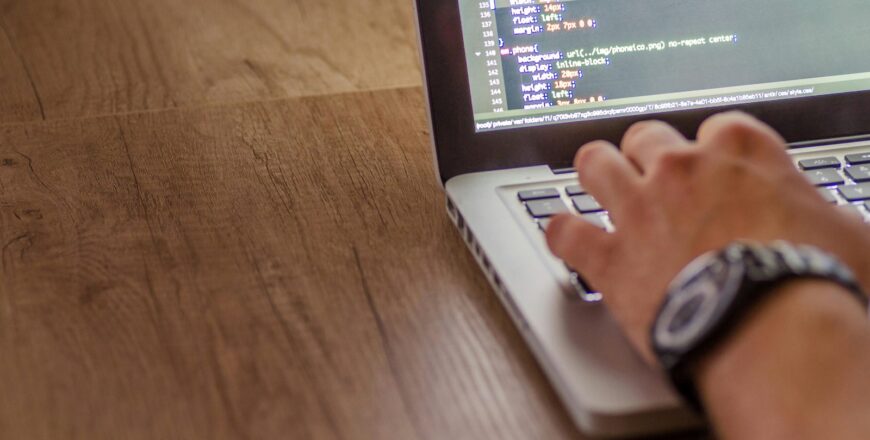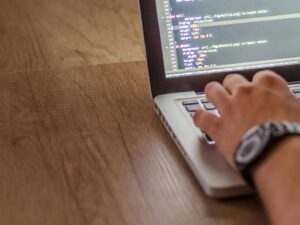DESIGN OF EXPERIMENTS
- Description
- Reviews

DESIGN OF EXPERIMENTS
COURSE DESCRIPTION
Learn the scientific method for designing and conducting effective experiments. You’ll identify the variables that have the greatest impact on product-level quality and use graphical techniques to analyze data.
PREREQUISITES
Participants should be able to work with high-school level algebraic formulas. Please note no special software is needed.
TARGET AUDIENCE
Quality managers, quality engineers, SPC coordinators, consultants, design engineers, R&D personnel, and product/process engineers.
COURSE OBJECTIVES
After completing this course, you should be able to:
• Build a model and check that model.
• Apply the foundation skills necessary to move on to more complex, multilevel designs.
• Understand experimental analysis: main and interactive effects, experimental error, normal probability plots, identification of “active” efforts, and residual analysis.
• Identify the variables that have the greatest impact on product-level quality.
• Understand experimental design essentials, be able to plan an experiment (choose factors, levels, design matrics), and set up, conduct, and analyze a two-level factorial experiment.
• Apply the fundamentals of designed experiments, including comparative experiments, process optimization, and multiple variable designs to continuously improve all product stages.
• Know how to use simple graphical techniques to analyze data.
COURSE CONTENT
• Learning basics: scientific methods, basic statistics, passive/active tools
• Application of designed experiments: comparative experiments and multiple variable experiments
• Factorial design: planning and conducting the experiment, full factorial designs, fractional factorial designs
• Experimental analysis: main and interactive effects, experimental error, normal probability plots, identification of “active” efforts, residual analysis
• Taguchi designs: orthogonal arrays, analysis, and comparisons to factorial designs
COURSE OUTLINE
I. Scientific method and the art of discovery purpose and types of designed experiments
II. Basic statistics
III. Comparative experiments
• Boy’s shoe example
• Case study in experimental design
IV. Pilot Plan example
• In-class designed experiment
V. Factorial design at two levels
VI. Main effects and interactions
VII. Basic principles of experimentation
VIII. Normal probability plots
IX. Planning the experiment
X. Experimental error
XI. In-class designed experiment
XII. Fractional factorial designs
XIII. Conducting the experiment
XIV. Analyzing the experiment
XV. Residual analysis
XVI. Taguchi’s quality philosophy and methodology
XVII. Human aspects of designed experiments
Please contact us for the full course outline, schedules and for booking a private class.
Request a Quote
Popular Courses
Archive
Working hours
| Monday | 9:00 am - 6.00 pm |
| Tuesday | 9:00 am - 6.00 pm |
| Wednesday | 9:00 am - 6.00 pm |
| Thursday | 9:00 am - 6.00 pm |
| Friday | 9:00 am - 6.00 pm |
| Saturday | Closed |
| Sunday | Closed |









